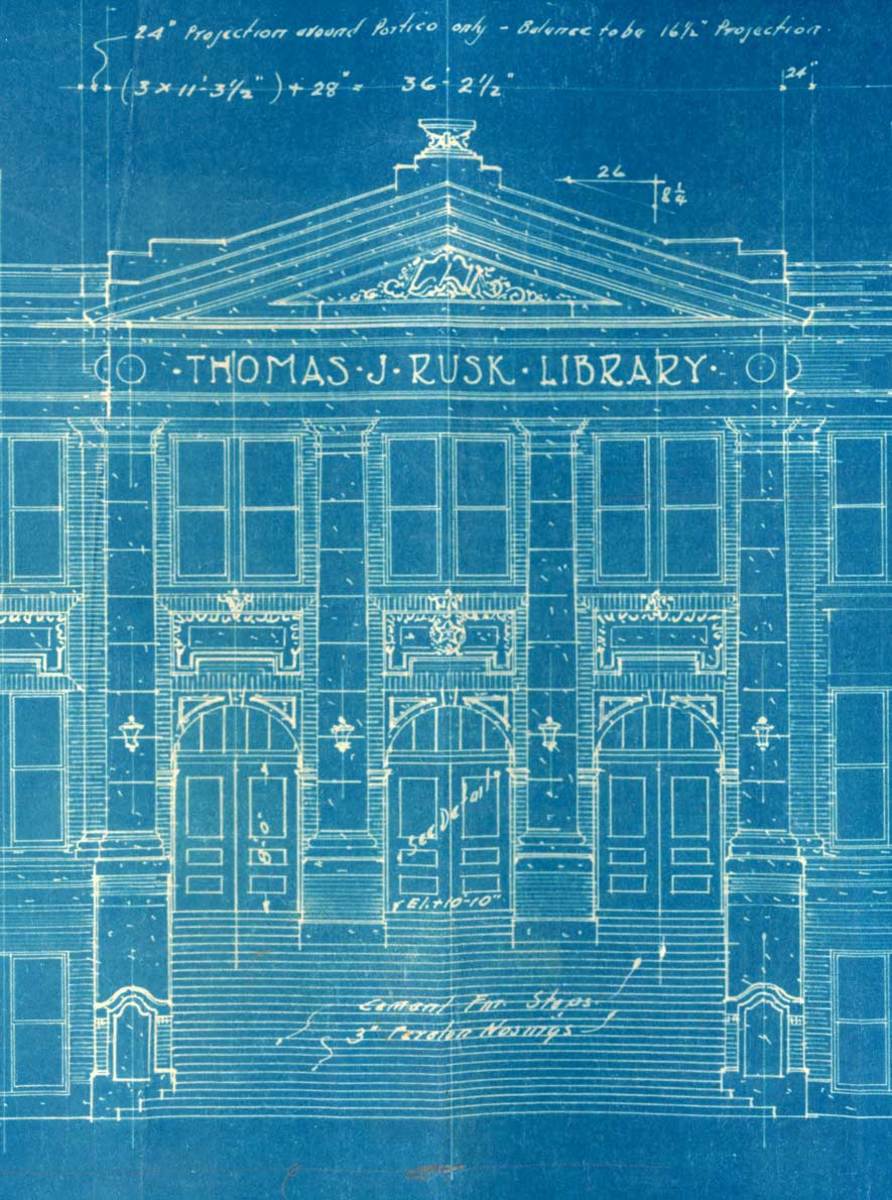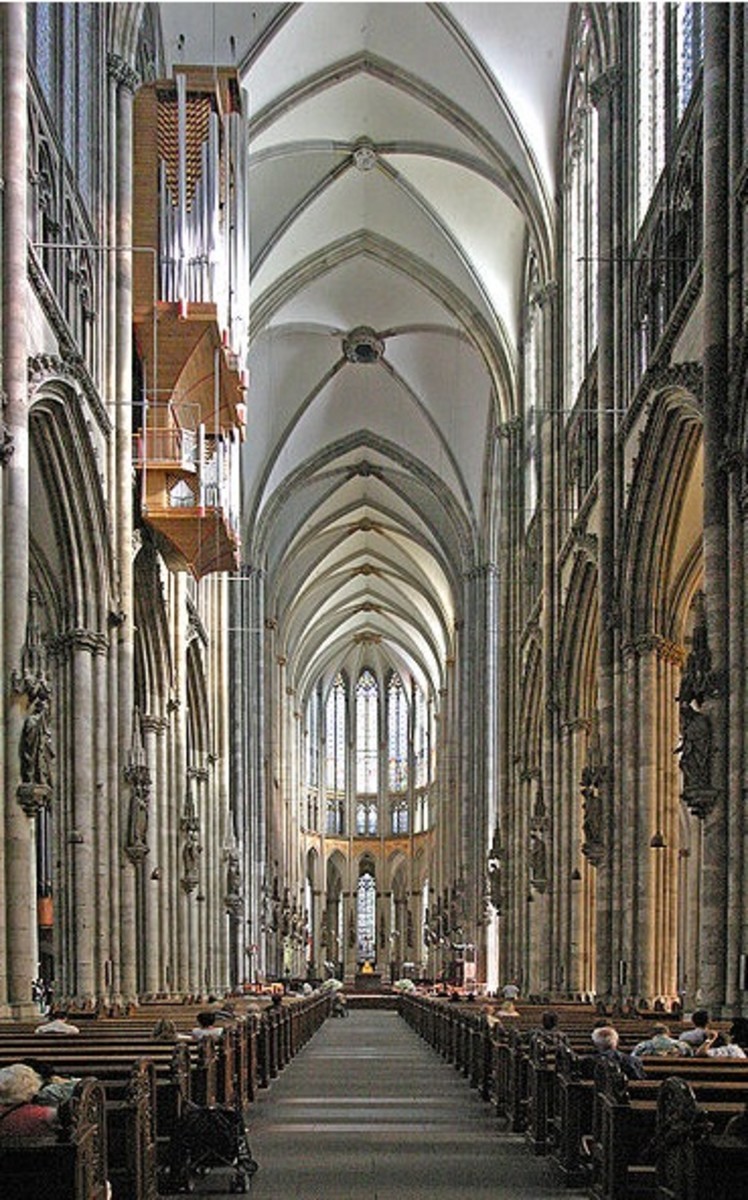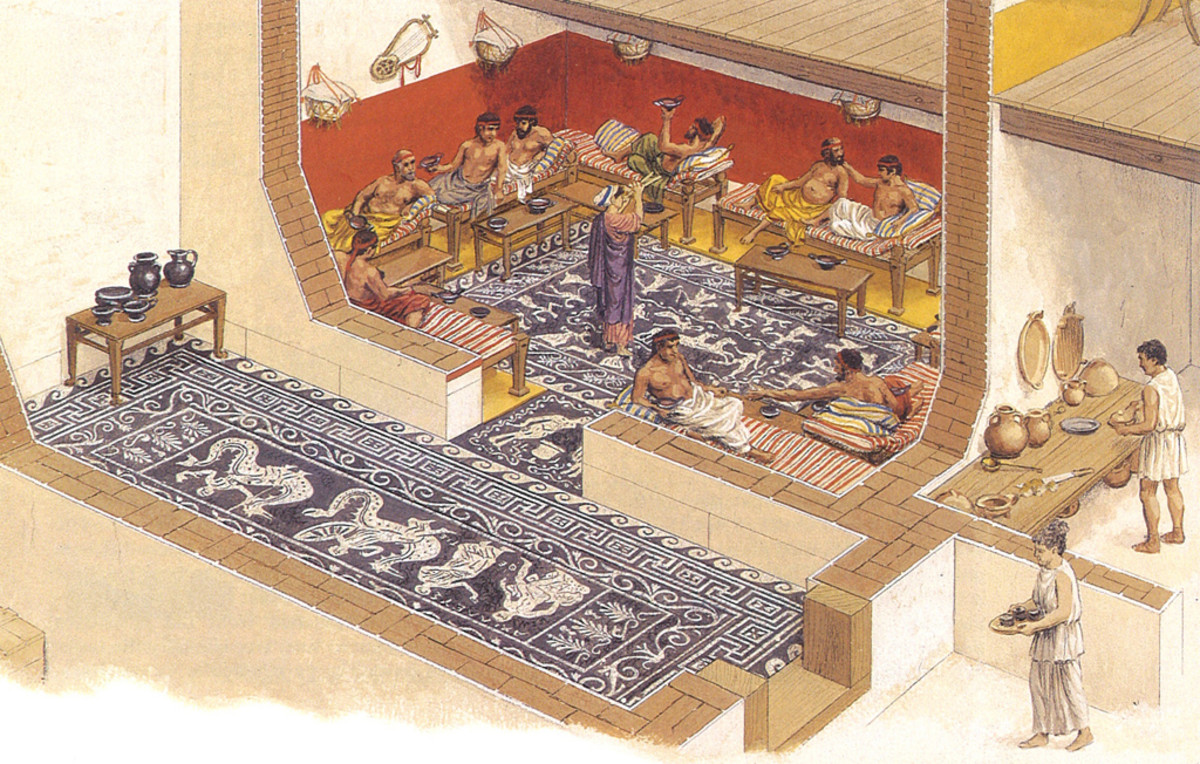The Christman Building Conversion Project: Another Example of Transiton and Upgrading



Christman Building conversion
The Christman Building in downtown Lansing, Michigan, is an example of reuse of a former office building that was seemingly always part of the capital city. Formerly known as the Mutual Building, it has been a fixture on Capitol Avenue for many decades. It has recently been renovated internally, while leaving the exterior in its original condition. It used to house insurance offices, and was remodeled by the Christman Construction Company, a leading Lansing builder since 1894. It is worth a review because it illustrates a successful transiton from one corporate tenant and owner to another.
Migration of the company to the new site
The Christman Company has a long history in this area. Its main operation is located just south of the Grand River off Cedar Street. A previous locale for its offices was on the bank of the Grand, in a building now used by the Michigan Pharmaceutical Association. Like other political lobbies, this organization is attracted to the capital city to further its own interests. In this regard, it is not different from the bankers. manufacturers and retailers of the state. Since the former Mutual Building at 208 North Capitol Avenue was vacant, and since Christman was chosen by the Lansing Economic Development Corporation (LEDC) to renovate the building, it seemed logical to apply its company name to the building.
Interior Remodeling
The newly remodeled interior features some high-technology features one would associate with more recent construction. The plumbing and lighting fixtures use recycled materials and have won design innovation awards for being ecologically sensitive. A coveted "platinum" citation was reccently earned, which certified that the building was "green".
The remodeled building not only houses various tenants, but also a major law firm and the Michigan Municipal League as well.While the building had been vacant for some time, it now is fully tenanted.
Financing and environmental considerations
As always with a project of this scope, there are important financial and site use problems to overcome. A joint fundraising effort was mounted, involving some $1,2 million of public and more than $6.7 million of private investment monies. An important point was the retention of 200 existing jobs in the building, and while not as impressive as the recent Accident Fund undertaking (covered earlier by this author), any generation of new or retention of old jobs in this region is most welcome. Again, "Brownfields" federal funding was also secured at the site.
Conclusion
This project is only one of many reuses of existing physical assets by the LEDC in the capital area. Clearly, the LEDC has taken an aggressive position on reconversion of what might have become disused plant lying idly about. With innovative solutions such as these, Lansing seems to be in the forefront of this urban planning initiative.



